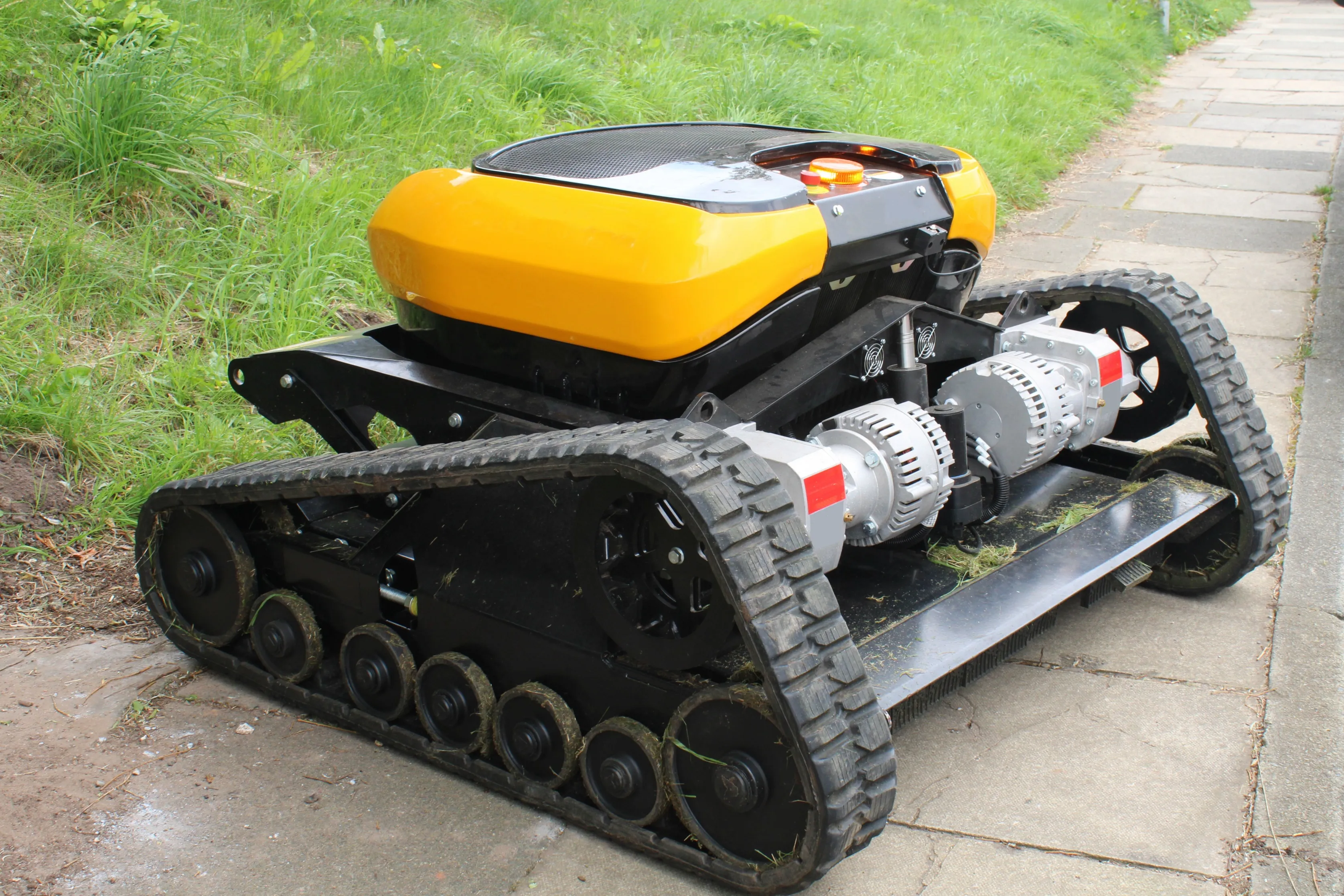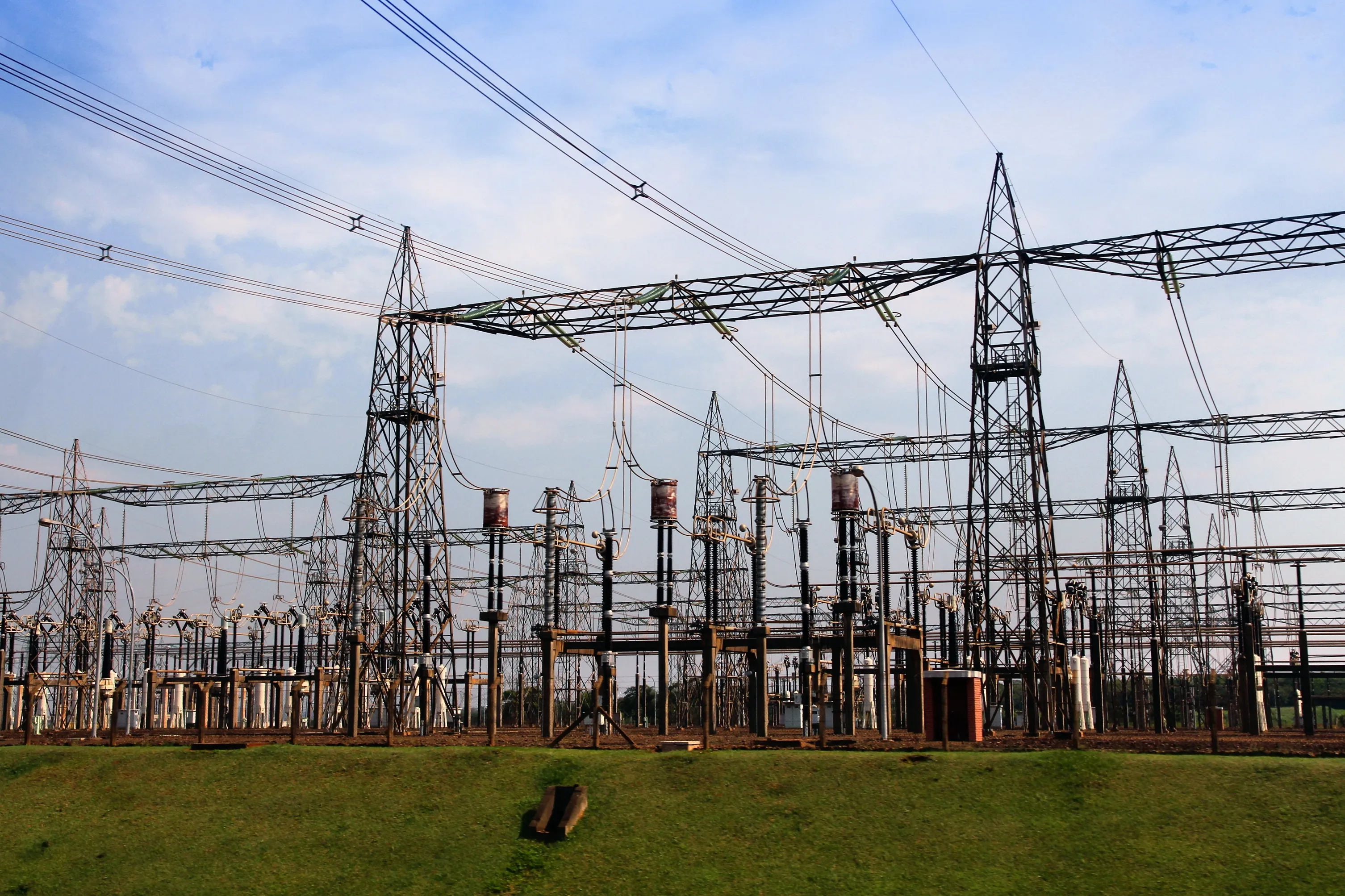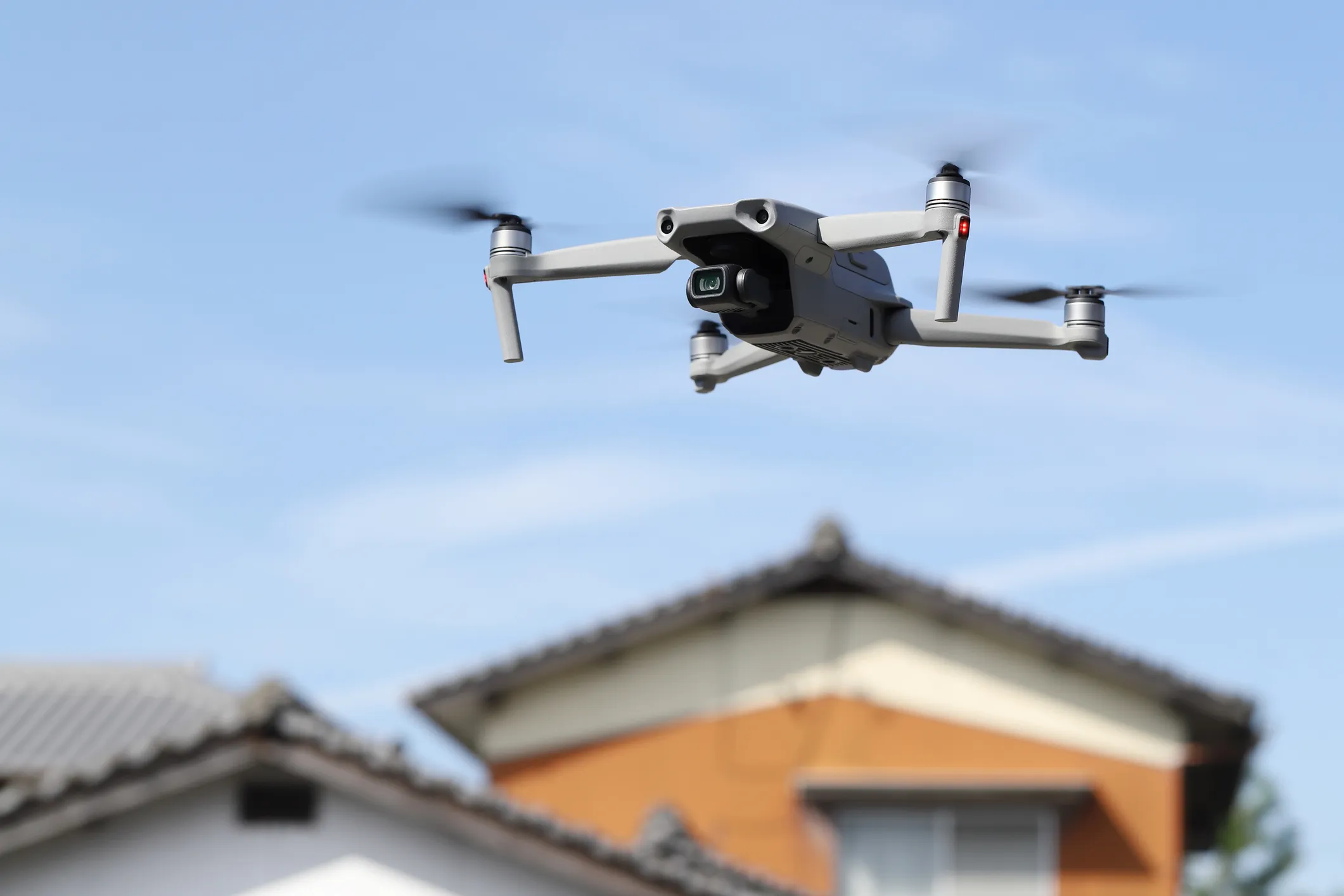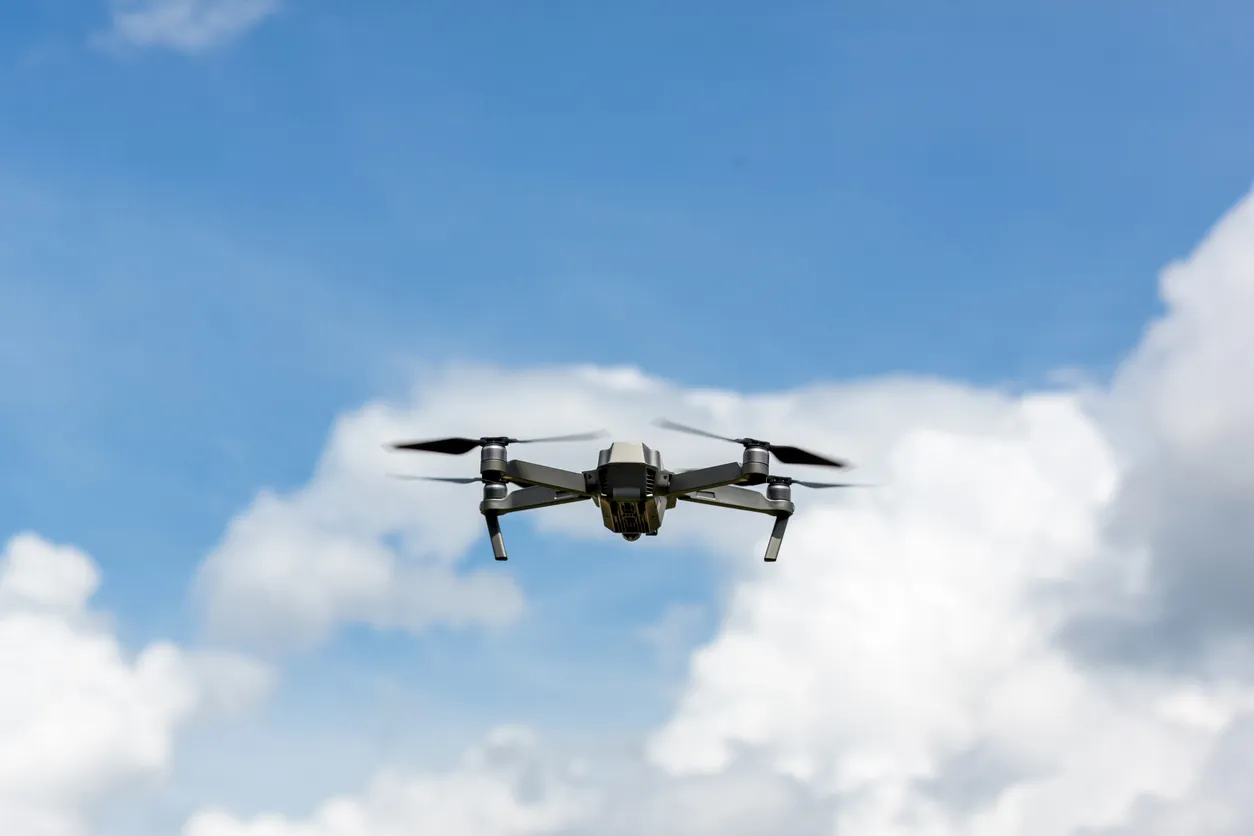Russia Deploys AI to Locate Missing Children Through Camera Footage

Parents can dial 112 and upload a child’s photo to a dedicated app, which feeds into the “Safe City” AI system—already resulting in the recovery of six children
How the System Operates
Russian developers at NtechLab have built an innovative neural network that analyses live and recorded video streams to locate missing children. Once a parent reports a disappearance via the emergency number 112, they upload a photograph of the child into the specially designed application. This image is instantly transmitted to the nationwide “Safe City” infrastructure, where artificial intelligence scans feeds from cameras across urban areas, highways, and surrounding regions.
Integration with Emergency Services and Drone Support
Beyond the “Safe City” network, volunteer search-and-rescue teams and personnel from the Ministry of Emergency Situations in various Russian regions have adopted the same technology to speed up ground operations. Law enforcement agencies are also leveraging the neural network to track suspects in criminal investigations. In addition to fixed surveillance cameras, unmanned aerial vehicles equipped with high-resolution cameras patrol search zones; live drone footage is streamed directly to both the AI system and human operators. This dual‑channel approach ensures that even in hard‑to‑reach or densely wooded areas, potential sightings aren’t missed.
Impact, Analytics, and Societal Benefits
From an analytical perspective, the system’s deep‑learning models continuously improve by retraining on verified matches and false‑positive cases, increasing accuracy over time. The result is a dramatic reduction in search durations and manpower demands—a critical advantage when volunteer availability is limited and every second counts. For families, this means faster reunifications and reduced trauma; for authorities, it represents a scalable, cost‑effective tool that complements traditional search methods. As such AI‑driven solutions mature, they promise to become an essential component of public safety infrastructure worldwide.









































